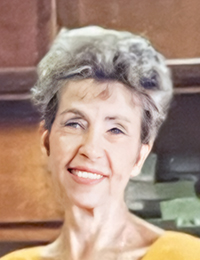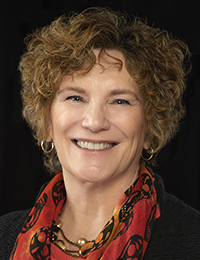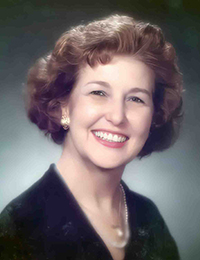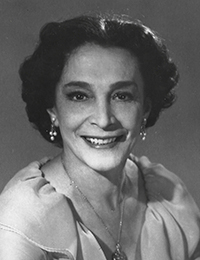An idea becomes a national movement.
Dorothy Alexander was a visionary leader and director of the Atlanta Civic Ballet (now Atlanta Ballet). In the summer of 1955, she met with Antole Chujoy, founder/editor of Dance News. Chujoy proposed that bringing together dancers and choreographers for a dance festival in defined regions of the country could make the quality dance training traditionally only found in larger metropolitan areas more accessible to the smaller corners of dance across the US. Alexander enthusiastically developed the idea and hosted the first regional festival in 1956 with eight companies participating. The success of this event immediately led to the formation of the Southeastern Regional Ballet Festival Association. In 1958, Dance Magazine sent Doris Hering to Atlanta to cover the second festival, where she met Dorothy Alexander. The rest was history; five regional organizations, a national umbrella, and countless opportunities spread throughout the country in this grassroots dance movement. This is the history of Regional Dance America.










